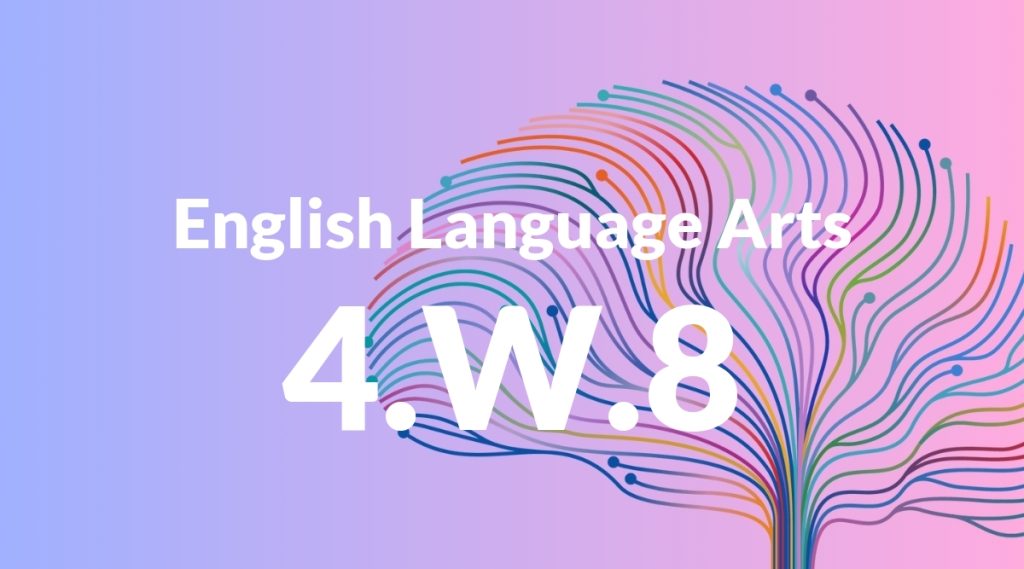Standard: 4.W.8 – Recall relevant information from experiences or gather relevant information from print and digital sources; take notes and categorize information, and provide a list of sources.
Grade level: Grade 4
Subject: English Language Arts
Domain: Writing
Teacher Overview
This standard emphasizes the importance of gathering and organizing information from various sources, which is a critical skill for academic success. By mastering this standard, students will be better prepared to handle more complex research tasks in later grades. Before tackling this standard, students should be able to comprehend basic texts, identify main ideas and key details, and write simple summaries.
Mastering this standard will enable students to conduct more complex research projects, synthesize information from multiple sources, and create well-organized written reports and presentations.
Common Misconception 1
A common misconception is that all information found online is reliable. This is incorrect because not all sources are credible or accurate.
Intervention 1
To remediate this misconception, teach students how to evaluate the credibility of sources by checking the author’s credentials, publication date, and the site’s domain.
Common Misconception 2
Another misconception is that taking notes means copying text verbatim. This is incorrect because effective note-taking involves paraphrasing and highlighting key points.
Intervention 2
To address this misconception, instruct students on how to paraphrase information and focus on key points rather than copying text word-for-word.
Prerequisite Knowledge
Students should be familiar with basic reading comprehension, understand how to identify main ideas and key details in texts, and have some experience with writing simple summaries.
Subsequent Knowledge
After mastering this standard, students will be able to conduct more complex research projects, synthesize information from multiple sources, and create well-organized written reports and presentations.
Instructional Activities
- Conduct a mini-research project on a historical figure
- Create a book report using information from various sources
- Prepare a presentation on a science topic
- Write a summary of a news article
- Organize notes for a class debate




